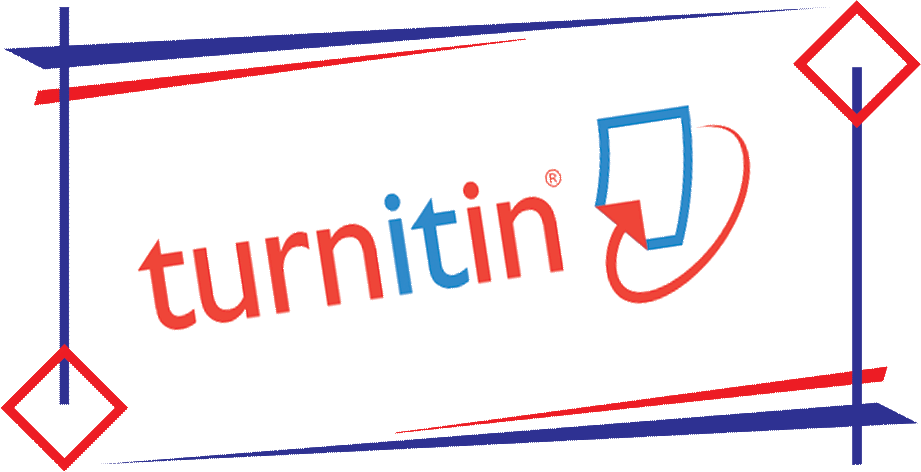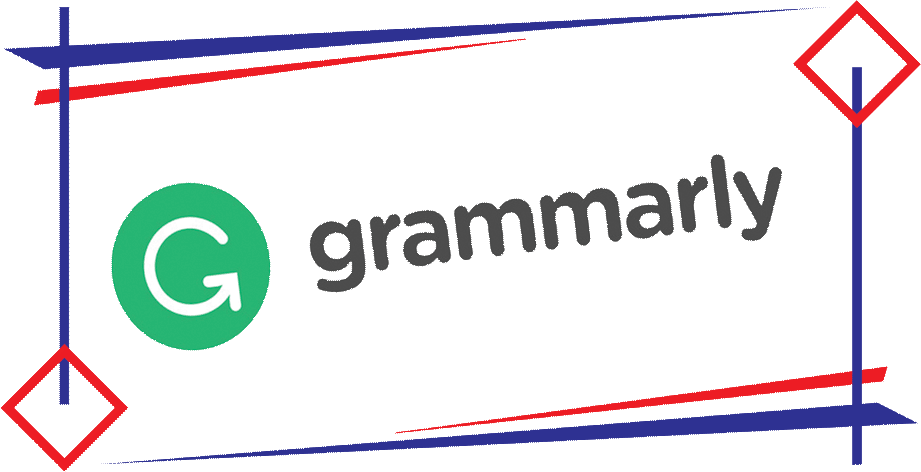User Experience Design for Nutrition Information Applications using Design Thinking
Abstract
Full Text:
PDFReferences
T. M. Campbell II, The China study: the most comprehensive study of nutrition ever conducted and the startling implications for diet, weight loss and long-term health. BenBella Books, Inc., 2004. [2] S. A. Sufa, “Tren gaya hidup sehat dan saluran komunikasi pelaku pola makan food combining,” J. Komun. Prof., vol. 1, no. 7, pp. 105–120, 2017. [3] A. Widayati, F. Fenty, and Y. Linawati, “Hubungan antara pengetahuan, sikap, dan tindakan gaya hidup sehat dengan risiko penyakit kardiovaskular pada orang dewasa di pedesaan di Daerah Istimewa Yogyakarta,” Indones. J. Clin. Pharm., vol. 8, no. 1, pp. 1–11, 2019. [4] M. of H. RI, “Main Results of Basic Health Research,” Minist. Heal. Repub. Indones., pp. 1–100, 2018. [5] M. A. Kehle, S. M.; Benas, J. S.; and Friedman, “Obesity,” Obesity, 2004, [Online]. Available: https://doi.org/10.1016/B0-12-657410-3/00275-0. [6] M. J. Christoph, N. Larson, M. N. Laska, and D. Neumark-Sztainer, “Nutrition facts panels: who uses them, what do they use, and how does use relate to dietary intake?,” J. Acad. Nutr. Diet., vol. 118, no. 2, pp. 217–228, 2018. [7] M. V. Briseno, M. D. Arce, E. J. Garcia, and J. I. N. Hipolito, “mHealth platform and architectures to provide nutritional guidance to children,” Int. J. Interact. Mob. Technol., vol. 7, no. 4, pp. 15–20, 2013. [8] I. Saboia, C. Pernencar, and M. Varinhos, “Augmented Reality and nutrition field: A literature review study,” Procedia Comput. Sci., vol. 138, pp. 105–112, 2018. [9] W. T. Kusuma, H. Tolle, and A. A. Supianto, “Augmented Reality Application to Efficiency the Process of Making Batik Motifs Using Vertex Marker,” JITeCS (Journal Inf. Technol. Comput. Sci., vol. 4, no. 3, pp. 267–273, 2019. [10] A. XD, “UX Design Principles for Augmented Reality,” 2021. https://xd.adobe.com/ideas/principles/emerging-technology/ux-design-principles-for-augmented-reality/. [11] F. Permana, H. Tolle, F. Utaminingrum, and R. Dermawi, “The Connectivity Between Leap Motion And Android Smartphone For Augmented Reality (AR)-Based Gamelan,” JITeCS (Journal Inf. Technol. Comput. Sci., vol. 3, no. 2, pp. 146–158, 2018. [12] B. Furht, Handbook of augmented reality. Springer Science & Business Media, 2011. [13] M. Hasbi, H. Tolle, and A. A. Supianto, “The Development of Augmented Reality Educational Media Using Think-Pair-Share Learning Model For Studying Buginese Language,” JITeCS (Journal Inf. Technol. Comput. Sci., vol. 5, no. 1, pp. 38–56, 2020. [14] W. Jobe, “Native Apps vs. Mobile Web Apps.,” Int. J. Interact. Mob. Technol., vol. 7, no. 4, 2013. [15] D. Travis and P. Hodgson, Think Like a UX Researcher: How to Observe Users, Influence Design, and Shape Business Strategy. CRC Press, 2019. [16] G. Convertino and N. Frishberg, “Why agile teams fail without UX research,” Commun. ACM, vol. 60, no. 9, pp. 35–37, 2017. [17] W. Cheah, P. ChinHong, A. A. Halim, and others, “Agent-Oriented Requirement Engineering for Mobile Application Development.,” Int. J. Interact. Mob. Technol., vol. 11, no. 6, 2017. [18] X. Shan, V. Z. Y. Neo, and E.-H. Yang, “Mobile app-aided design thinking approach to promote upcycling in Singapore,” J. Clean. Prod., vol. 317, p. 128502, 2021. [19] A. Pressman, Design thinking: a guide to creative problem solving for everyone. Routledge, 2018. [20] S. Fletcher, L.; Boller, “From UX to LX: Using Design Thinking to Create Learning Solutions That Work,” Am. Soc. Train. Dev., 2020. [21] T. Lockwood, Design thinking: Integrating innovation, customer experience, and brand value. Simon and Schuster, 2010. [22] J. Nielsen, “Why You Only Need to Test with 5 Users,” Nielsen Norman Gr., 2000, [Online]. Available: https://www.nngroup.com/articles/why-you-only-need-to-test-with-5-users/. [23] W. Knight, W. Knight, and Corrigan, UX for Developers. Springer, 2019. [24] J. J. Garrett, The elements of user experience: user-centered design for the web and beyond. Pearson Education, 2010. [25] R. Hartson and P. Pyla, The UX book: Agile UX design for a quality user experience. Morgan Kaufmann, 2018. [26] C. M. Barnum, Usability testing essentials: ready, set... test! Morgan Kaufmann, 2020. [27] J. Rubin and D. Chisnell, Handbook of usability testing: how to plan, design and conduct effective tests. John Wiley & Sons, 2008. [28] D. Siemon, F. Becker, and S. Robra-Bissantz, “How might we? From design challenges to business innovation,” Innovation, vol. 4, 2018.
DOI: https://doi.org/10.18860/mat.v15i1.23025
Refbacks
- There are currently no refbacks.
Copyright (c) 2023 Lutfi Fanani

This work is licensed under a Creative Commons Attribution-NonCommercial-ShareAlike 4.0 International License.
The journal is indexed by :
_______________________________________________________________________________________________________________
Editorial Office:
Informatics Engineering Department
Faculty of Science and Technology
Universitas Islam Negeri Maulana Malik Ibrahim Malang
Jalan Gajayana 50 Malang, Jawa Timur, Indonesia 65144
Email: matics@uin-malang.ac.id
_______________________________________________________________________________________________________________
![]()
This work is licensed under a CC-BY-SA 4.0.
© All rights reserved 2015. MATICS , ISSN : 1978-161X | e-ISSN : 2477-2550





